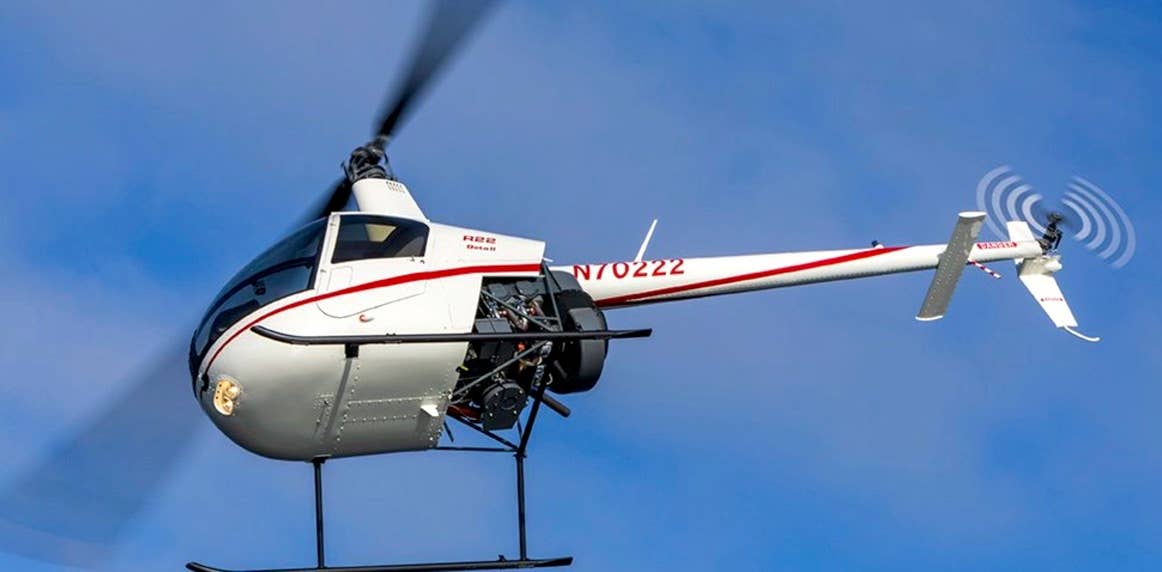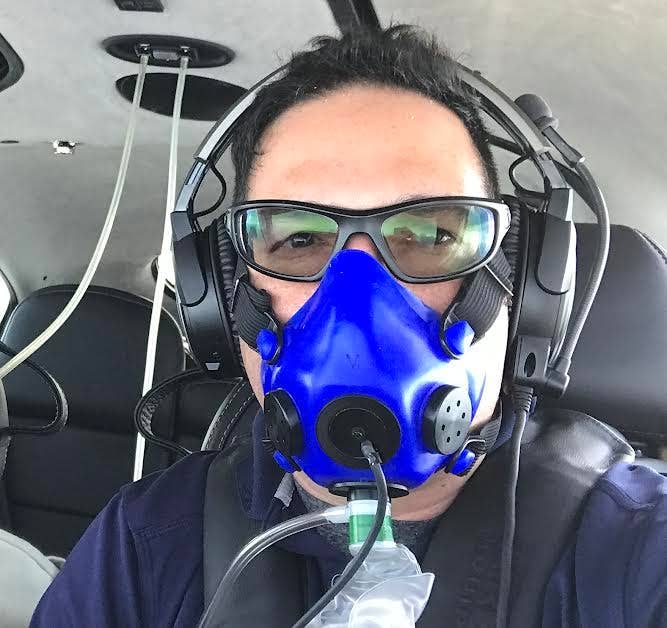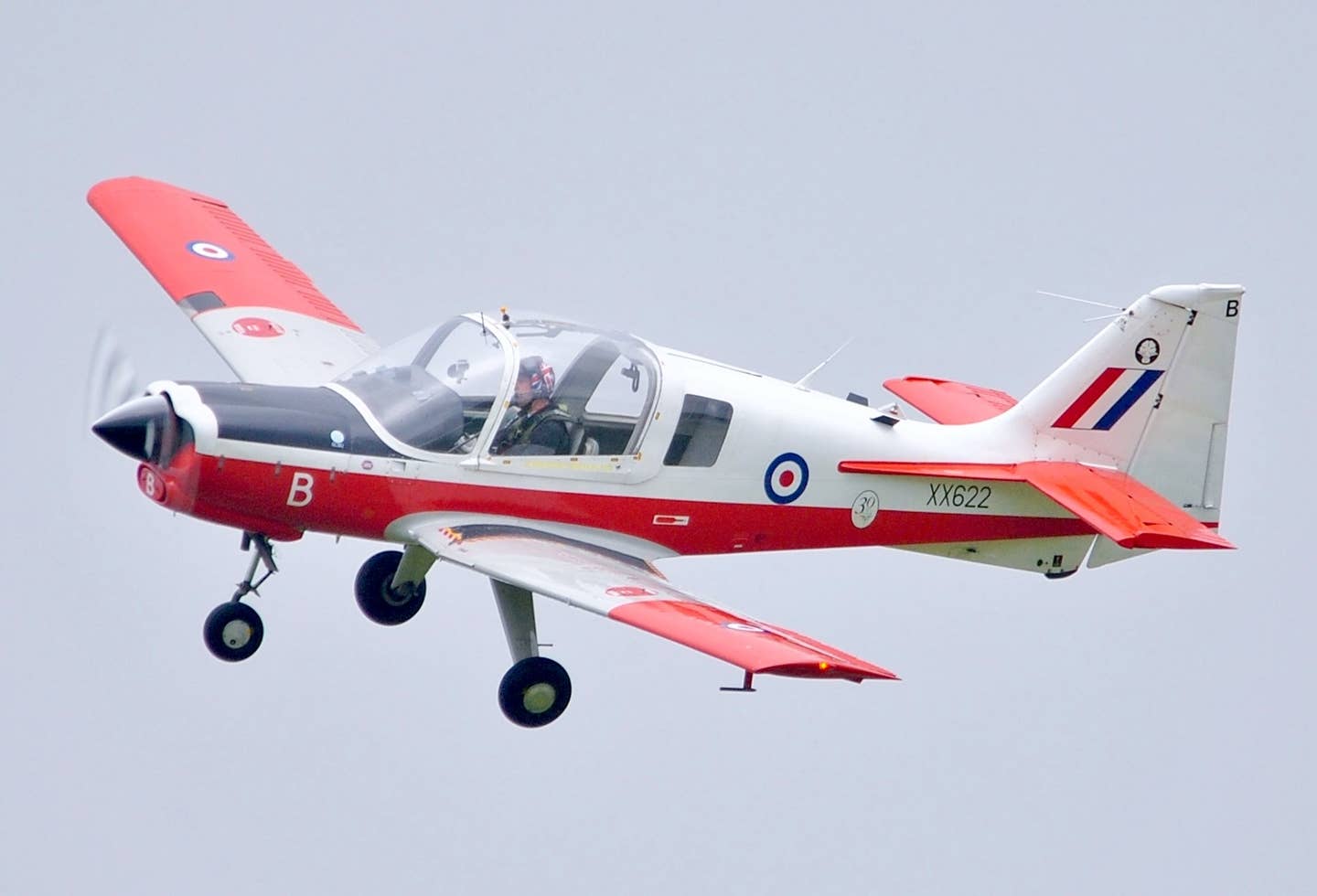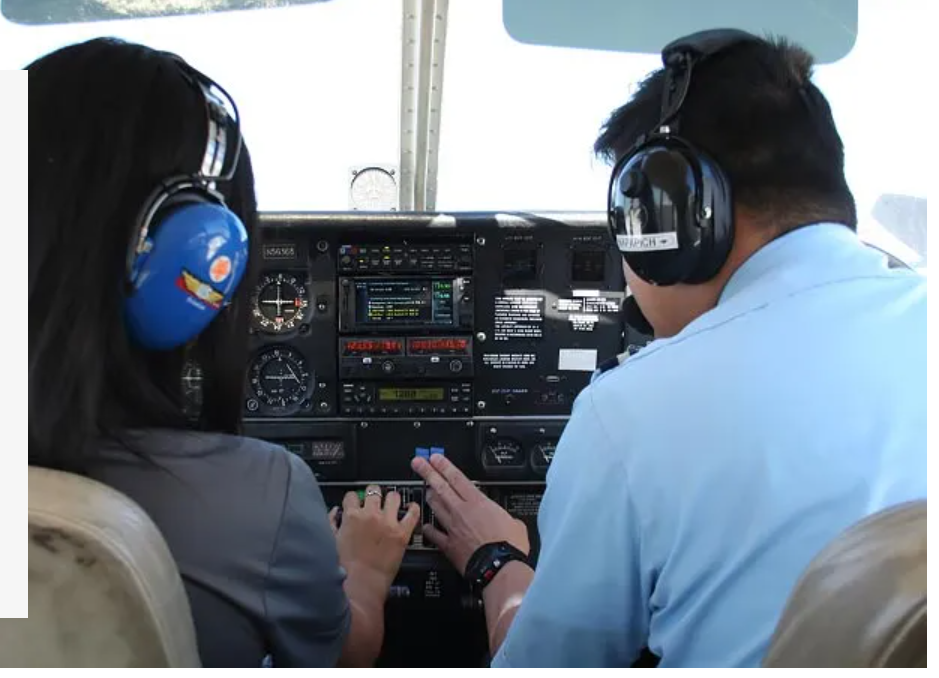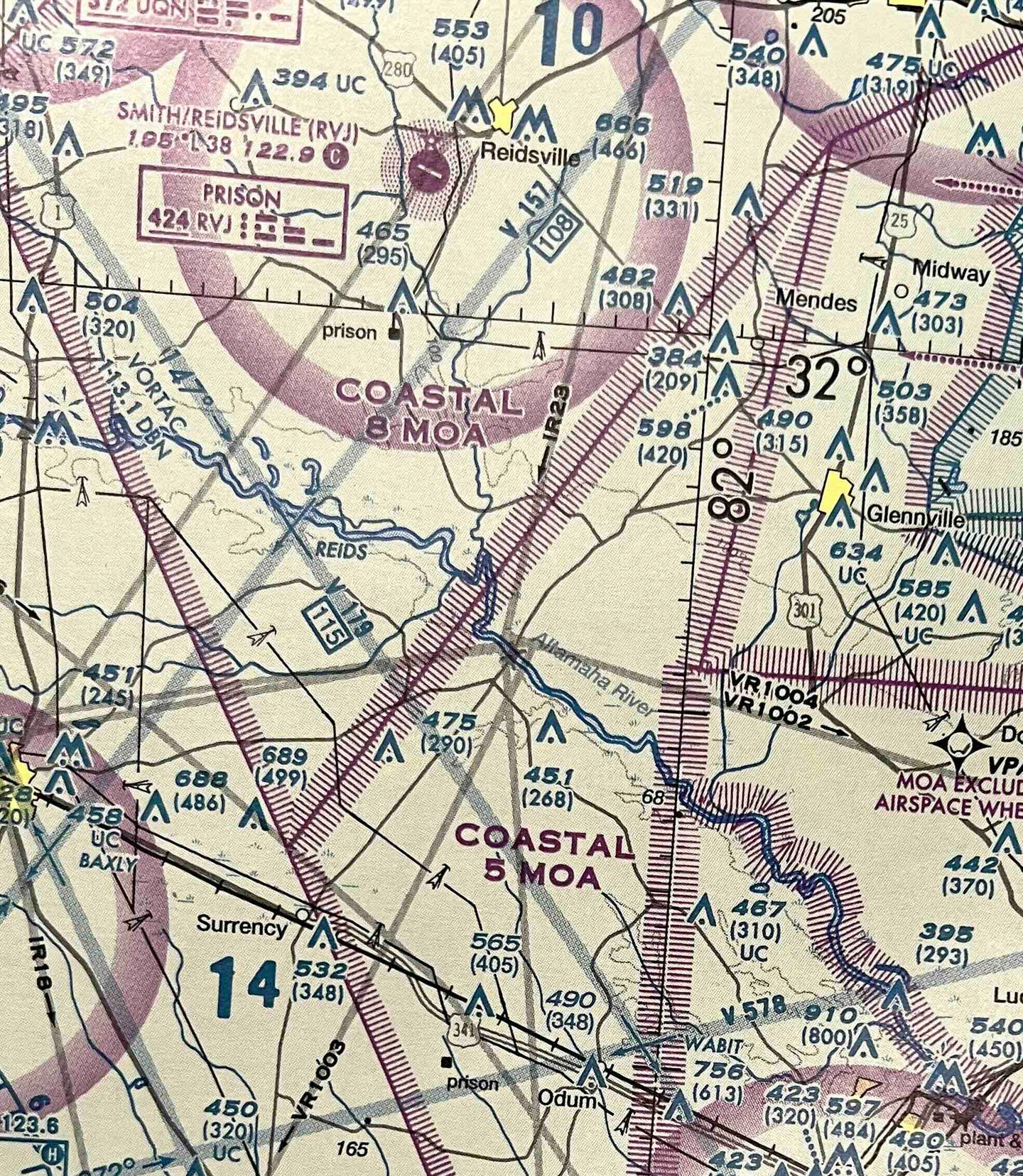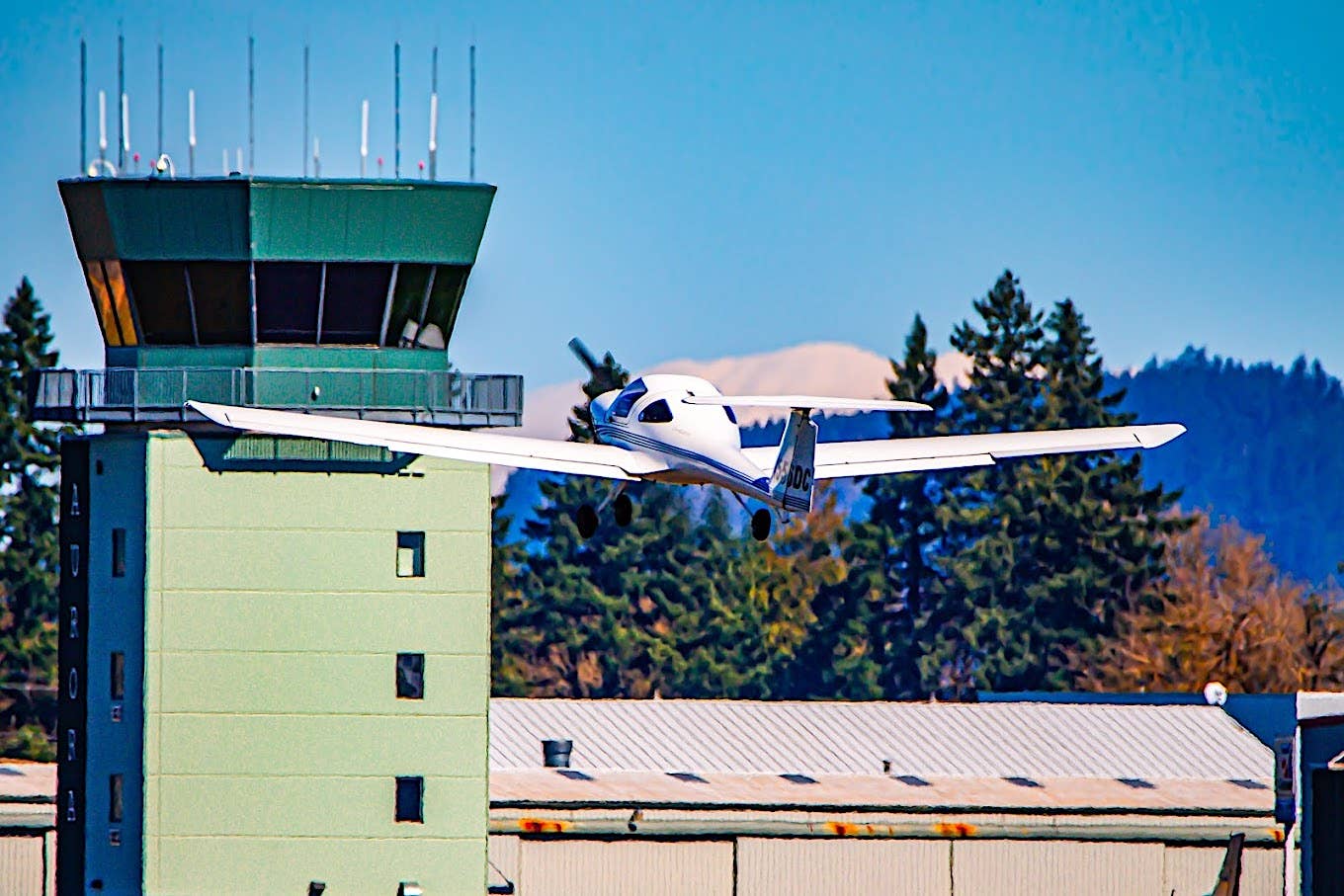Buying A Used Aircraft: Grumman Tiger/Cheetah
There are reasons for high owner satisfaction among Grumman Tiger owners. A sliding canopy alone lends to decent ramp appeal, plus with snappy handling and 180 horsepower it easily runs…
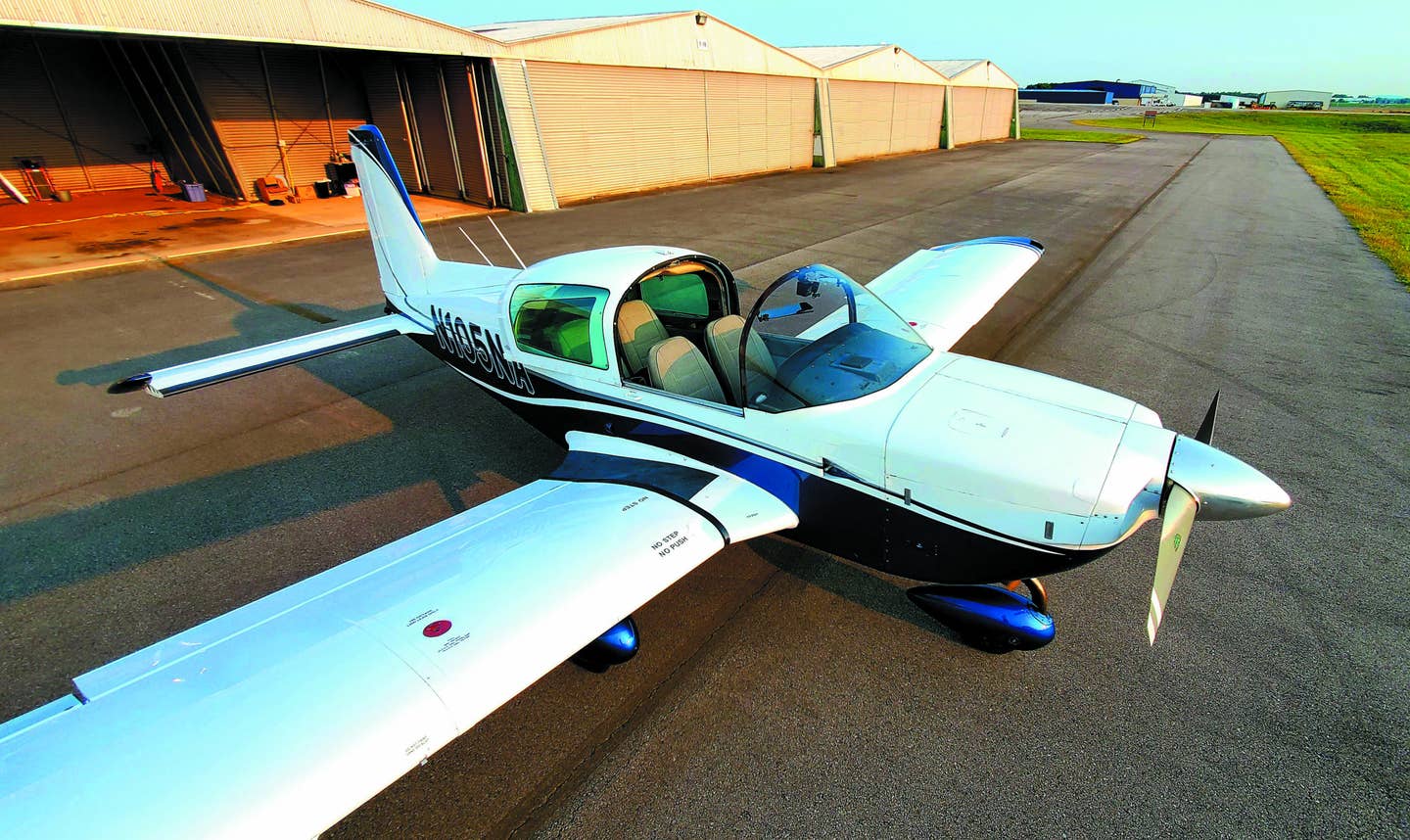
A sliding canopy gives the Tiger lots of sporty ramp appeal and excellent ventilation during hot ground ops. Thanks to Gary Bond for the photo.
There are reasons for high owner satisfaction among Grumman Tiger owners. A sliding canopy alone lends to decent ramp appeal, plus with snappy handling and 180 horsepower it easily runs with Piper Archers and Cessna Cardinals. With plenty of approved aftermarket retrofits for avionics and speed mods, reliable engines and enthusiastic owner groups to help with field support, expect to pay top dollar for upgraded Tigers and Cheetahs that sit at the top of the AA-5 food chain.
Grumman AA-5 Series: Jim Bede Flashback
The general design of the four-place AA-5B Tiger dates way back to the 1960s, when Jim Bede’s slippery AA-1 Yankee two-place trainer (that wasn’t always a good match for students) was on the scene. Around 1972, the Yankee morphed into the four-place Traveler, but with a 150-HP Lycoming O-320, sales couldn’t always compete with 180-HP singles. But that certainly changed when Roy Lopresti stepped in to work his aerodynamic magic on the design and re-engine the airframe with a 180-HP Lycoming O-360. The AA-5B Tiger was born. There were a total of 1323 AA-5B Tigers and 900 AA-5A Cheetahs produced.
Gulfstream bought the line in 1979, and then American General purchased it in the late 1980s, where the 1990 model sported some more design tweaks. The company folded in 1994, and for a short stint, Tiger Aircraft in Virginia built roughly 50 AG-5B models when it opened in 1999, but went toes up in 2007. Ultimately, the parts inventories and rights were sold to FletchAir in Texas, where today the respected Dave Fletcher keeps fleet support and modification efforts at a high level, complimented by the active Grumman Owners and Pilots Association, www.aya.org, and other well-organized groups.
AA-5B Construction, Performance
The AA-1 Yankee’s original revolutionary construction of aluminum-honeycomb sandwich fuselage panels and rivetless bonded skins was a good canvas for the Tiger. Aside from the bigger engine (a good match for the airframe) the Tiger had bigger fuel tanks, a different elevator and a more efficient cowling, to name a few design tweaks. Worth mentioning is that in 1976, these airframe improvements were applied to the existing Traveler, which became the AA-5A Cheetah, but it retained the 150-HP Lycoming O-320-E2G engine. Essentially, the Cheetah and Tiger are the same aircraft with different engines.
While the Tiger generally runs 12 knots faster, they’re both clean airframes, though the slab-sided honeycomb panel fuselages are hardly slick when it comes to drag. Hard chines run along the lower corner of the fuselage, and the wing-fuselage junction has no fairing to smooth interference drag. At sea level and standard temperatures, the Tiger moves out at 850 FPM, about on par with the competition. With a climb prop, we’re told a Tiger may see 1000 FPM, but owners who have owned both say throw in high density altitude and the Tiger’s climb performance sags behind Cessna’s strutless Cardinal. When rigged and trimmed properly, expect to easily outrun other basic singles, including Cherokees and Skyhawks. Owners tell us they can bank on 130 to 139 knots.
As for handling, Grumman pilots are spot on when they say Cheetahs and Tigers are the sports car of the skies. The feel is light and responsive with somewhat touchy controls, which really makes it an autopilot airplane for hard IFR. Garmin’s GFC 500 is approved for retrofit (as is the G3X Touch integrated big-screen avionics system), and there are plenty of STCs for S-TEC analog rate-based autopilots.
On the ground, the airplanes are maneuvered with a swiveling nosewheel (it doesn’t caster all the way around) so taxi is accomplished with brakes. But don’t push the airplane around without a tow bar or you’ll risk damaging the nosewheel, or at least testing your patience when it won’t track where you want it to.
When ready to launch from the runway, angle the airplane a bit right of centerline, negating the need to ride the brakes until the rudder comes alive. Once engine torque starts pulling left, the fuselage straightens and it’s off full right rudder pretty quickly. Experienced Grumman pilots don’t use the brakes at all, while new ones get all kinds of tense about that castering nosewheel, but there isn’t much to it.
For landing, Cheetahs and Tigers can float and adding extra speed is a setup for the classic runway overrun. Do it right and you’re rewarded with a squeaker, helped by the nose strut shock absorber, which was added in the 1978 model year. Do land with the nosewheel off the runway or you may induce porpoising, and that sickening feeling when the prop smacks the pavement.
Loading, Ergos and Upkeep
The gross weight of the Tiger is 2400 pounds and typical IFR aircraft run 1450 to 1500 pounds empty. That leaves a useful load of about 900 pounds for the 180-HP four-placers. That’s enough for full fuel (51 gallons), three average-sized adults and a few bags. Fold-down rear seats can create a decent cargo compartment for snowboards, golf clubs and other stuff when you aren’t carrying people, and it’s generally easy to load within CG limits. Owners tell us that realistically, you’ll need to plan on still-air range with full fuel in the tanks to be about 500-plus miles. The Cheetah, with a 38-gallon fuel capacity, has shorter legs.
The cabin/cockpit is relatively stark and no frills, although interior upgrades make it a much better dwelling than stock. Unless it was fully refurbished, it’s a good chance the used Grumman you’re considering will have some interior and instrument panel cracks because there’s a lot of plastic trim. Luckily there are plenty of good aftermarket plastic and fiberglass replacement parts (for most aging aircraft), and we looked at them in a market scan article in the December 2021 issue of Aviation Consumer magazine.
Got an expensive seating upgrade? Remind the passengers to pop the seat cushion off before stepping on it, plus egressing and ingressing the cabin is less than pleasant on rainy days. For most, however, the sporty sliding cabin is worth it, and once seated, the outside visibility is quite good. Most owners tell us that while they rarely fly slow enough to keep the sliding canopy open in flight, it makes for excellent cooling once on the ground.
Systems are simple, including toggle switch-activated electric wing flaps and an idiot-proof fuel selector that doesn’t have an Off position, but requires the pilot to switch between left and right tanks.
A major appeal of owning these airplanes is relatively simple upkeep. They lack hydraulic systems and retractable landing gear, but don’t skimp on upkeep. Most Grummans are approaching 50 years old, so it’s important to seek out a shop specializing in Grummans. A typical A&P may be unaware of the maintenance items unique to these aircraft, including those required by the bonded fuselage. Worth mentioning is that a 2020 tail delamination incident of an AA-5 Traveler still proves that all should be inspected using the maintenance manual and SB-195 Rev A for bondline inspection.
A thorough prepurchase evaluation by a Grumman-savvy mechanic (who doesn’t have a stake in the sale) is a must. Main spar corrosion can render an airplane unairworthy. One 26-year Tiger owner reported that he takes his plane to a guru about every five years. “I use the knowledge gained, by assisting in those annuals, to educate the shop in handling specialty items in between guru visits,” he told us.
Grumman Wrecks, Current Market
Our recent dive into the NTSB records revealed that the Tiger and Cheetah have few vices, but plenty of loose nuts behind the wheel, including one Tiger pilot who attempted (and failed) to depart with the gust lock installed, and another dozen or so who attempted VFR flight into IMC conditions. Engine and mechanical issues accounted for 25 percent of the 100 wrecks we studied.
While prices for used singles might be finally showing signs of stabilizing, values are up on well-cared-for Tigers and Cheetahs, and indications are that these are easy airplanes to insure for senior and inexperienced pilots. Our current 2022 Aircraft Bluebook says that a 1979 AA5B Tiger has a typical retail price of $72,000, but we’ve seen ones with major avionics and paint upgrades sell for a lot more. Buying his airplane new in 1979, reader Gary Justus attests that the Tiger pays back with reasonable real-world utility and performance.
“The Tiger is the perfect economical four-place aircraft for us and our travels. I can load most anything into it, sleep in it, land it comfortably in under 2000 feet of runway, climb up above 13,800 MSL if needed over the Rockies and easily go 500 NM before landing for fuel. It might still reach the advertised 139 knots true airspeed on 10.8 GPH, although I prefer lower power settings (for 128 to 132-knot speeds) that can give me up to 20 MPG and 700-plus nautical-mile range,” he told us.
For a full report on the used Grumman Tiger and Cheetah market, including an NTSB accident scan and price and performance data, visit the Aviation Consumer magazine Used Aircraft Guide at www.aviationconsumer.com.

